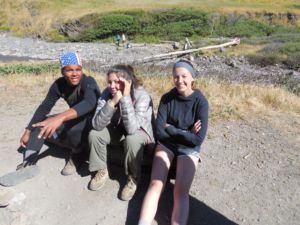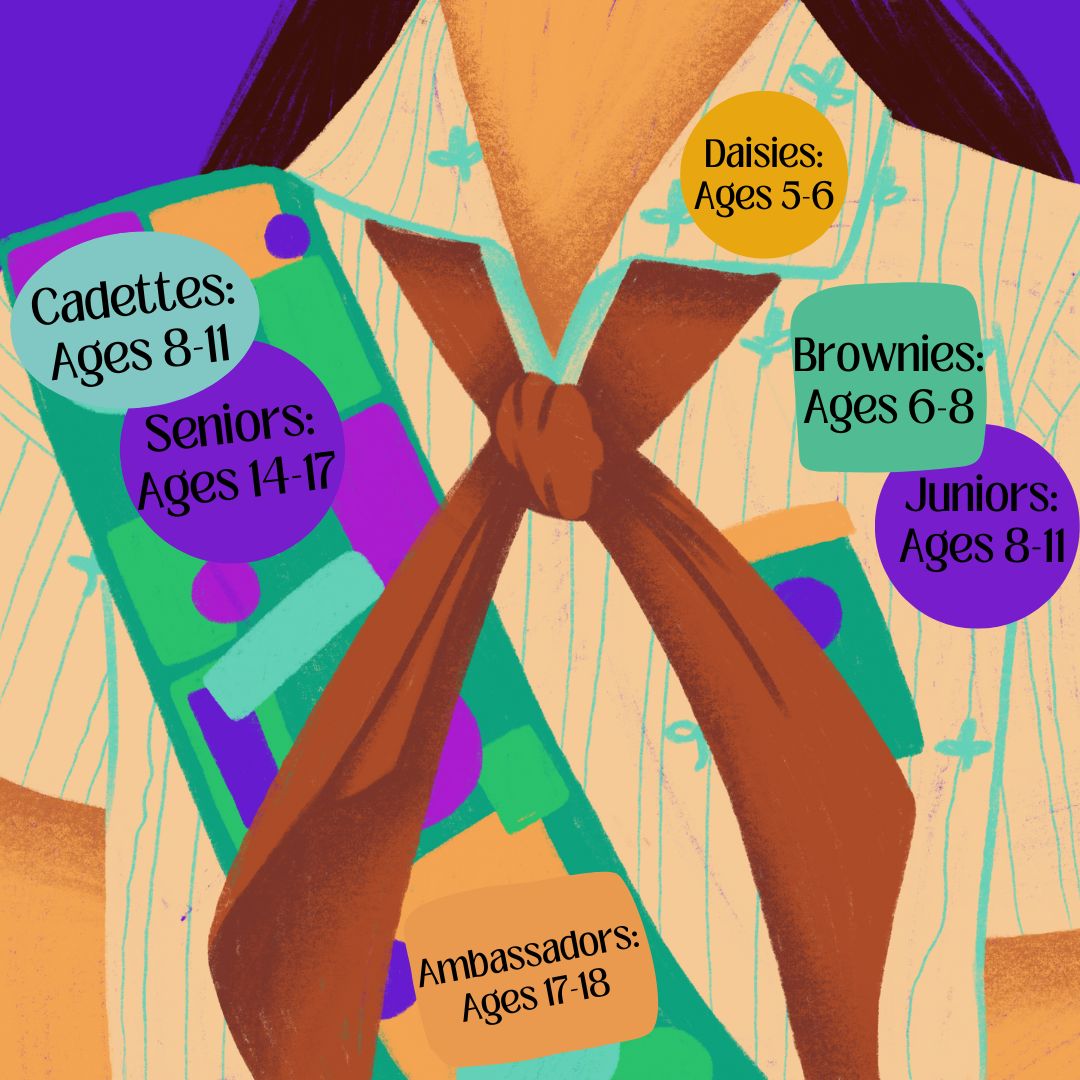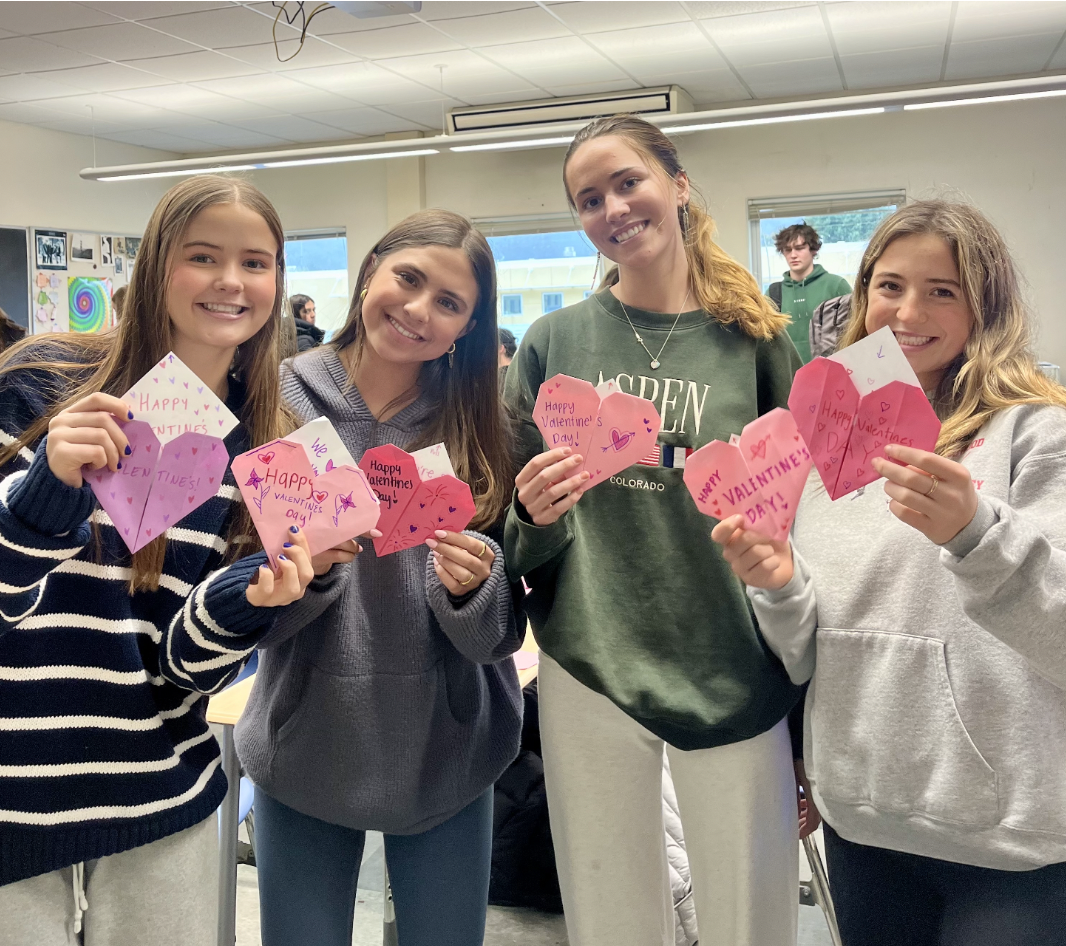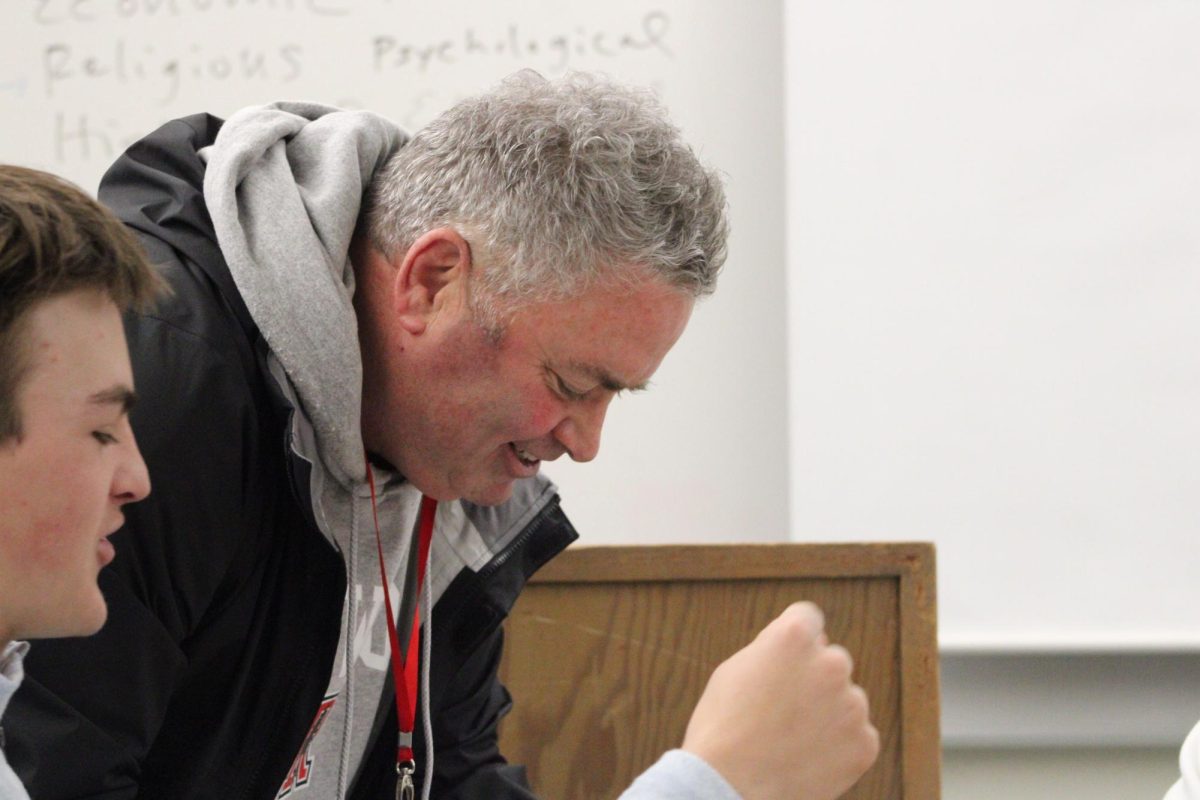When asked what draws students to join the TEAM Program at Tamiscal High School, Lenny Gucciardi, a TEAM teacher, attested to the community that is created. Redwood’s community is prominent but cannot compare to the close-knit relationships that are made when spending an entire school year with only 23 fellow classmates, each one coming from any of the five schools in the Tamalpais Union High School District.
The Tamiscal website describes the TEAM program as a “one year academic and experiential program.” The goal is to provide junior year students with real-life experiences relevant to their school work. They also want to help these 24 students improve their self-reliance. These goals are achieved through community service, career exploration, wilderness adventure and ropes course leadership, according to the Tamiscal website.
Once the year of nontraditional learning comes to an end, there is a reality to return to: regular schooling. Students are given just one summer to adjust to this transition. Since it is only a one year program, once TEAM is done, students need to go back to their regular schedules of class every day, for five days a week

A former TEAM student, senior Emma Ortiz, found the scheduling part of the transition one of the most difficult aspects of coming back to Redwood. She made note of the difference between math class four days a week versus two days a week, as it is at TEAM.
“I think it was harder to transition to TEAM, for me, because especially with our math class, we only had math twice a week,” Ortiz said. “You have to do a lot of work on your own for your math class.”
A friend of Ortiz’s and another former TEAM student, senior Anna Martin, attested to the same point. She was struggling to adjust to having math class only two times a week after being accustomed to Redwood’s four days a week schedule.
Although the transition back to Redwood was definitely an adjustment, Martin and Ortiz were given the skills to know how to deal with it. Gucciardi said that he knows going back to a big high school after such a dramatic change in learning styles can be hard, and that’s why he tries his best to give his students tools to cope with the change.
“We actually talk during the year when students are in TEAM about what it’s going to be like once they leave,” Gucciardi said. “A lot of the time students from last year’s class will come in and talk to them because we know it can be difficult.”
Although Gucciardi and his teaching partner, Whitney Hartzell, guide students to successful adjustments, they only really act as a crutch. They want to encourage and teach students to become more self-reliant.
“They get more self confidence and they learn coping mechanisms that they didn’t have in school,” Gucciardi said. “So that actually when they go back, a lot of them feel more confident in the environment.”
TEAM students’ relationships with their teachers are quite different than your average Redwood student-teacher relationship, according to Ortiz and Martin. This was another thing to get accustomed to after a year of being one of a teacher’s 24 students. Comparatively, teachers at Redwood may have upwards of 100 students spread out throughout their classes.
“We only had about three teachers including the math teacher and then Whitney [Hartzell] and Lenny [Gucciardi]. We go on trips with them and they know us so well because it’s only 24 students, so they knew a lot about each one of us,” Martin said.

Another relationship that is altered during TEAM is friendships. Ortiz said that she didn’t really know Martin before really meeting in TEAM for the first time.
“I knew of Anna, but we weren’t in the same friend group or anything. And then we became really close,” Ortiz said.
Martin agreed with Ortiz, mentioning that some of the people she became friends with were people that she wouldn’t have expected to befriend, and probably never would have gotten close with if it hadn’t been for TEAM.
When the end of the year comes and it is time for these newfound friendships to separate and return to their big high schools, Gucciardi says there is always a little anguish in the air.
“There is definitely some sadness and nostalgia because they are not going to have that same experience going forward,” Gucciardi said.
TEAM is a stepping stone for the students to continue on their experiential learning path, according to Gucciardi.
“They spend a lot of time at a business or organization to test out to see what they want to do and a lot of times kids will figure out where they want to go in their lives,” Gucciardi said. “It gives them more reason to do their school work.”






!["I knew I wanted to be a writer. I wasn't a good student [at Redwood], but I wanted to be a writer, and I wanted to paint. I'm self-taught in all of it, which gave me an original voice," Paige Peterson said. (Photo courtesy of Paige Peterson’s website).](https://redwoodbark.org/wp-content/uploads/2025/02/ppeterson.png)
